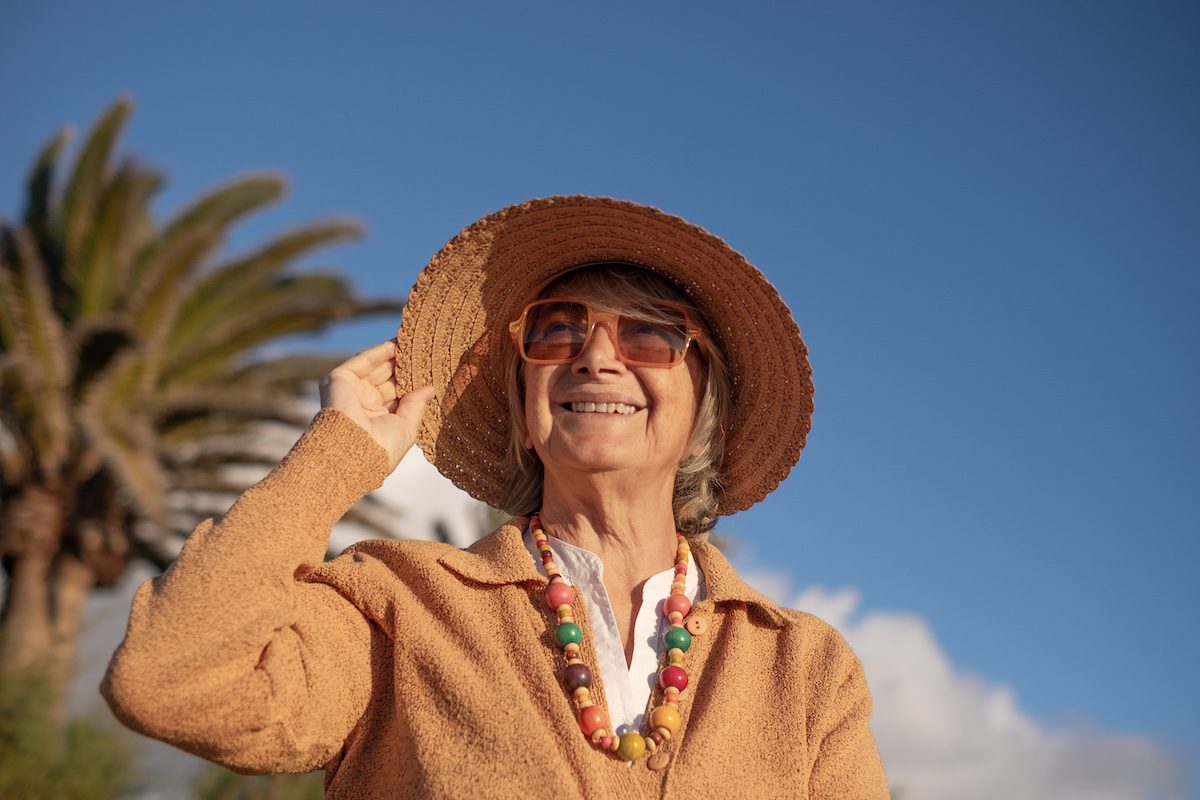The History of Hospice | Seasons Hospice

The term “hospice” comes from the linguistic root of “hospitality”. From the middle ages to the present, caring for the dying has been handled in similar and various ways. In the middle ages, religious orders created “hospices” in key areas on the way to religious shrines that provided shelter for travelers that were seeking miraculous cures for chronic and fatal illnesses. In the 1800’s Madame Garnier of Lyon, France opened a “calvaire” to care for dying patients. In 1879 Mother Mary Aikenhead of the Irish Sisters of Charity started Our Lady’s Hospice in Dublin, caring only for the dying. By the late 19th century, the idea of “medicalized” dying came into being. (By the mid-20th century, almost 80% of the people died in a hospital or nursing home.) In the early 1900’s, St. Luke’s Hospice and the Hospice of God opened to serve the destitute dying.
By 1935 interest started to grow in the psychosocial aspect of dying and bereavement. This was sparked by the work of Worcester, Bowlby, Lindemann, Hinton, Parkes, Kubler-Ross, Raphael, Worden and others.
Between 1957 and 1967, Dame Cicely Saunders, a physician began studying pain control in advanced cancer. She pioneered the regular use of opioid analgesics given “by the clock” instead of waiting for the pain to return before giving the drugs. This is now a standard practice in good hospice and palliative care.
In 1967 Dr. Saunders opened St. Christopher’s Hospice in London. She used the multi-disciplinary techniques to care for the dying that we still see today. In 1974, New Haven Hospice (now Connecticut Hospice) began home care in the United States. In the 1980’s hospice care, with an emphasis on home care, expanded throughout the United States. Medicare added the hospice benefit in 1984.
By the year 2000, there were well over 3,000 hospices and palliative programs in the United States. Hospices have been established in well over 40 countries world wide. The World Health Organization calls hospice a “priority”. Now, in the 21st century, the principles of good hospice and palliative care are understood and accepted. All patients with advanced illness and their families are assured of competent and compassionate care in their homes, in nursing homes and in hospitals.
(Taken from the Hospice Education Institute)







